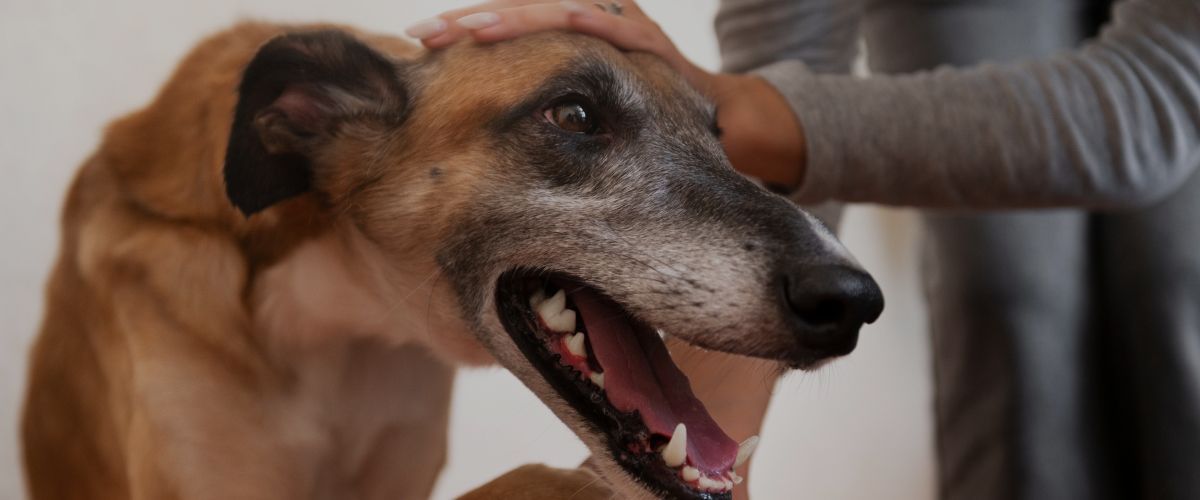The importance of Spaying and Neutering your Pets
Spaying and neutering pets is one of the most responsible decisions pet owners can make. This simple yet essential procedure prevents unwanted litters, reduces the number of homeless animals, and contributes to a healthier pet population. With millions of stray animals ending up in shelters every year, spaying and neutering are crucial steps in curbing overpopulation and improving the lives of pets everywhere.
1. Preventing Overpopulation and Reducing Shelter Intake
Every year, millions of dogs and cats enter shelters, many of which are euthanized due to overcrowding. By spaying and neutering your pets, you help prevent the birth of unwanted litters, ultimately reducing the number of animals that end up in shelters. This contributes to a more sustainable and humane solution to pet overpopulation.
2. Health Benefits for Pets
Spaying and neutering offer numerous health advantages. For female pets, spaying eliminates the risk of uterine infections and significantly reduces the likelihood of mammary cancer. In males, neutering lowers the risk of testicular cancer and prostate issues. These procedures can also prevent certain reproductive diseases, ultimately leading to longer and healthier lives for pets.
3. Behavioral Improvements
Neutering male pets can reduce aggression, territorial marking, and the urge to roam in search of a mate. Similarly, spayed female pets will not go into heat, preventing yowling, restlessness, and unwanted attention from males. By minimizing these behaviors, pets become more manageable, better-behaved, and safer companions.
4. Cost-Effective and Responsible Pet Ownership
Spaying and neutering help pet owners avoid potential expenses associated with pregnancies, emergency medical care, and treating health conditions related to the reproductive system. Additionally, fewer stray animals mean reduced costs for animal shelters and community resources, leading to a more responsible pet ownership culture.
5. Enhancing Community Well-Being
Uncontrolled pet populations contribute to increased numbers of stray animals, which can pose safety concerns and strain public resources. Stray pets may spread diseases, cause traffic accidents, and disrupt local wildlife. By spaying and neutering, pet owners actively contribute to a healthier and safer community for both animals and people.
Conclusion
Spaying and neutering pets is a simple yet powerful way to improve animal welfare, prevent unnecessary suffering, and promote responsible pet ownership. With health benefits, behavioral improvements, and a direct impact on reducing pet overpopulation, this procedure is a crucial step every pet owner should take. By making the responsible choice to spay or neuter, you ensure a better future for your pet and contribute to a healthier, happier pet community.
The post The importance of Spaying and Neutering your Pets appeared first on Angelpaw.







